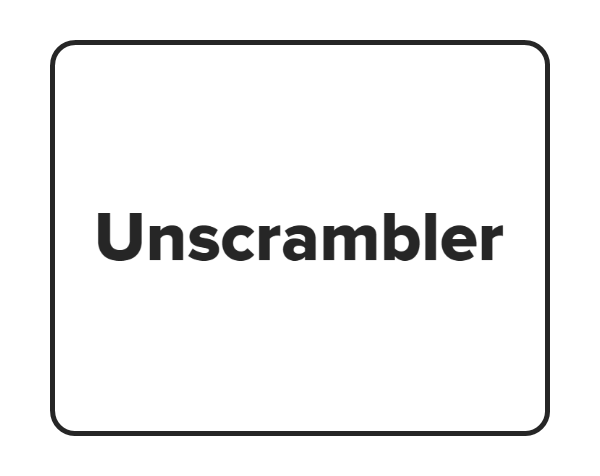Spartan - 分子计算建模软件
· Spartan分子建模软件24发布:革新构象能量计算与密度泛函几何估计
Spartan 设计用来解决化学和相关领域日益增加的化学计算需求。并由Wave公司跟Q-Chem公司合作开发。经过两个公司的合作开发,使Spartan对于初学者学习和使用,Spartan主要用于分子力学、半经验方法计算(semi-empirical)以及哈特里福克(Hartree-Fock)方程计算,并且拥有各样的图形处理模块、全范围密度函数模型和广泛使用的以Wavefun为基础的Hartree-Fock模型。以上模型都使用目前很健全的算法实现,并且在Intel跟AMD多核处理器上表现出很高能。
Spartan设计给化学家来使用,但是是已经很熟悉分子力学跟量子化学计算模型的化学家,对于缺乏相关经验的但是很想使用相关计算(比如做核磁共振光谱学实验)化学家来说同样很使用。Spartan的设计正是要想使用者更的使用现代分子力学跟量子化学模型来进行计算,并得出结果。
分子力学能量校正
通过神经网络校正MMFF分子力学构象能量,基于wB97X-V/6-311+G(2df,2p)[6-311G*]训练数据
优化构象分布与NMR谱计算的准确性,显著减少高精度计算需求
密度泛函几何结构预测
基于600万条wB97X-D/6-31G*训练数据的神经网络模型
以量子化学模型1-2个数量级的速度预测分子几何结构(支持200-600 AMU分子)
玻尔兹曼权重加速
替代传统wB97X-V高成本计算,神经网络直接预测构象能量分布
柔性分子NMR谱计算时间缩减50%以上
高精度能量计算扩展
新增wB97X-V、wB97M-V、wB97M(2)神经网络模型
支持分子量超1000 AMU体系,误差仅±数kJ/mol
多步骤工作流优化
机器学习模型多方位集成于能量计算、构象搜索、NMR谱预测等任务
量子化学计算速度提速数个数量级
核心功能体系
建模与可视化
-
支持有木几/无木几/金属有木几分子2D/3D建模,配体库与模板快速调用
-
双视图同步显示(2D化学式与3D结构)
-
分子轨道、电子密度、静电势等可视化增强
-
手性中 心标记与构型反转功能
计算任务
-
气相/溶剂化几何优化与过渡态搜索
-
红外/拉曼/紫外-可见/NMR谱预测
-
构象全局搜索与玻尔兹曼权重分析
-
反应能量/活 化能计算
方法与数据库
-
计算引擎
-
分子力学:MMFF94/SYBYL
-
密度泛函:wB97X系列、B3LYP等36种泛函
-
高阶方法:MP2/MP4、CCSD(T)等
-
机器学习模型:5种神经网络加速模块
-
-
光谱与属性数据库
-
Spartan光谱与属性数据库(SSPD®):>31.7万分子条目
-
反应数据库(SRD®):含8000+反应过渡态
-
系统要求
Windows
-
64位Intel/AMD处理器,Win10/11
-
128GB存储空间(推荐SSD),4GB内存(建议每核2GB)
Macintosh
-
Intel/M1芯片,macOS 11-14
-
存储与内存要求同Windows
Linux
-
64位处理器,RHEL8/Ubuntu 20.04 LTS
-
其他配置同Windows
- 2025-12-18
- 2025-12-17
- 2025-12-15
- 2025-12-12
- 2025-12-12
- 2025-12-12
- 2025-12-19
- 2025-12-16
- 2025-12-10
- 2025-12-09
- 2025-12-08
- 2025-12-08






















